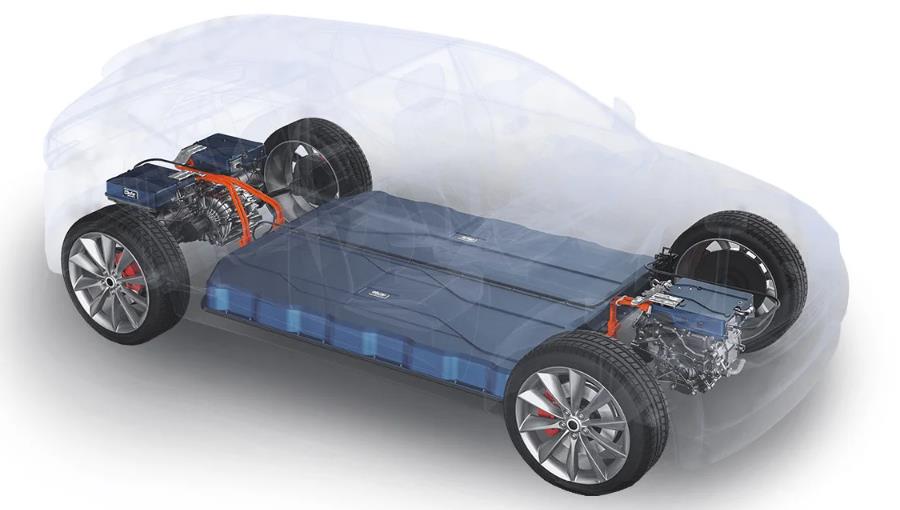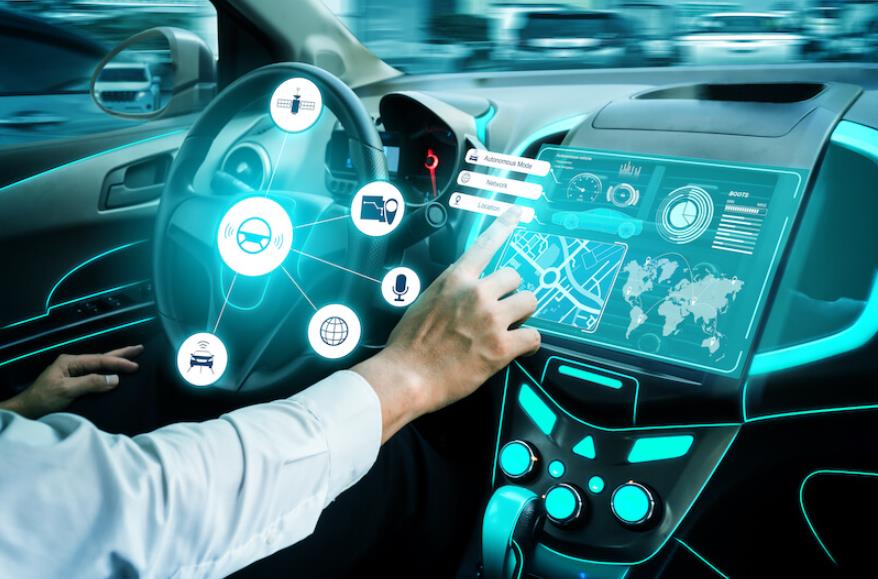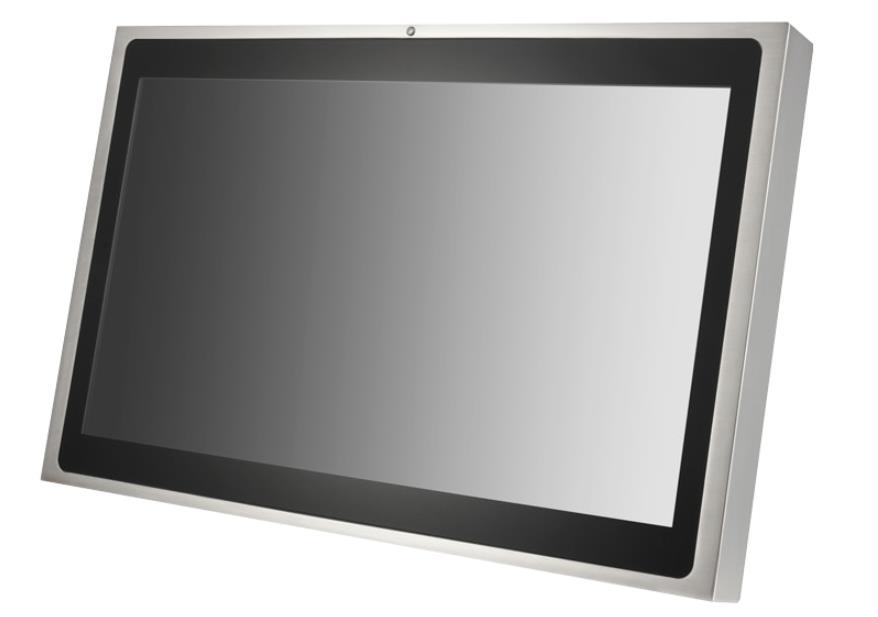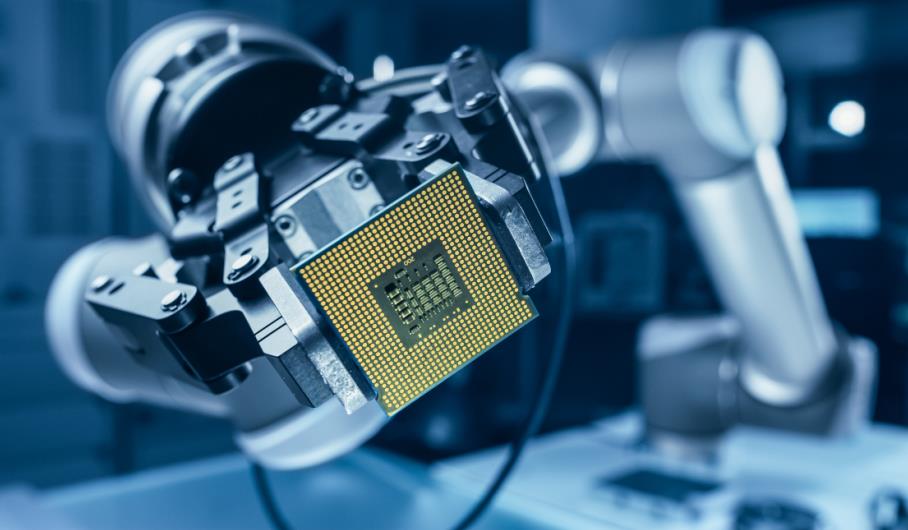The automotive industry has undergone significant changes over the past few decades, with the integration of electronic components playing a pivotal role in transforming how vehicles are designed, manufactured, and used. Electronic components now form the backbone of modern vehicles, enhancing performance, safety, and comfort. From advanced driver-assistance systems (ADAS) to electric vehicle powertrains, the importance of electronics in automotive technology cannot be overstated. In this blog, we will explore the critical applications of electronic components in the automotive sector and their impact on the future of transportation.
1. Advanced Driver-Assistance Systems (ADAS)
Enhancing Vehicle Safety
One of the most notable advancements in the automotive industry is the development of advanced driver-assistance systems (ADAS), which rely heavily on electronic components. ADAS technologies, such as adaptive cruise control, lane departure warnings, and collision avoidance systems, use sensors, cameras, and radar to monitor the vehicle's surroundings and assist drivers in making safer decisions.
For example, ultrasonic sensors are used in parking assist systems to detect obstacles and provide feedback to the driver. Similarly, radar sensors enable adaptive cruise control by measuring the distance between the vehicle and the car ahead, allowing the vehicle to adjust its speed automatically. The integration of these electronic components has significantly improved road safety by reducing human error and preventing accidents.
Autonomous Driving
As the automotive industry moves toward fully autonomous vehicles, the reliance on electronic components becomes even more critical. Autonomous driving requires a complex network of sensors, cameras, LIDAR, and computing systems that work together to navigate roads and make real-time decisions. Electronic control units (ECUs) are at the heart of this technology, processing data from various sensors and ensuring that the vehicle responds appropriately to changing conditions.
Tesla, for example, uses advanced electronic components in its Full Self-Driving (FSD) system, which enables vehicles to navigate on highways, park themselves, and even stop at traffic lights. The combination of sensors, artificial intelligence (AI), and powerful ECUs makes it possible for autonomous vehicles to function with minimal human intervention.
2. Electric Vehicle Powertrains
Revolutionizing Transportation
The shift from internal combustion engines (ICEs) to electric vehicles (EVs) represents a major transformation in the automotive industry, and electronic components play a crucial role in this evolution. Electric vehicles rely on sophisticated power electronics to manage the flow of electricity from the battery to the motor. Key components such as inverters, onboard chargers, and power distribution units are essential for converting electrical energy into mechanical power and ensuring efficient energy use.
Inverters, for instance, convert direct current (DC) from the vehicle's battery into alternating current (AC) to power the electric motor. This process requires precise control, which is achieved through advanced electronic circuits. Power electronics also manage regenerative braking systems, which capture energy during braking and store it back in the battery, extending the vehicle's range.
Battery Management Systems (BMS)
Another critical aspect of electric vehicles is battery management. Lithium-ion batteries, which are commonly used in EVs, require precise monitoring and control to ensure safety and longevity. Battery management systems (BMS) are responsible for monitoring the state of charge, temperature, and overall health of the battery pack. These systems rely on a network of sensors and electronic controllers to prevent overcharging, overheating, and other issues that could compromise the battery's performance.
For example, Tesla's battery management system continuously monitors the health of the battery pack, ensuring optimal performance and safety. The integration of electronic components in BMS allows automakers to maximize the efficiency and lifespan of EV batteries, addressing one of the key challenges in the widespread adoption of electric vehicles.
3. Infotainment and Connectivity Systems
Enhancing the Driving Experience
The modern vehicle is no longer just a mode of transportation; it is also a hub of entertainment and connectivity. Infotainment systems have become a standard feature in new vehicles, offering drivers and passengers access to music, navigation, and communication tools. These systems rely on a wide range of electronic components, including microprocessors, LCD displays, and wireless communication modules.
Infotainment systems are often integrated with smartphones, allowing drivers to access apps, make hands-free calls, and receive real-time traffic updates. For example, Apple CarPlay and Android Auto are popular platforms that enable seamless connectivity between smartphones and vehicle infotainment systems. The use of electronic components in these systems has significantly enhanced the overall driving experience, making vehicles more user-friendly and convenient.
Vehicle-to-Everything (V2X) Communication
Another emerging technology that relies on electronic components is Vehicle-to-Everything (V2X) communication. V2X technology enables vehicles to communicate with other vehicles (V2V), infrastructure (V2I), and pedestrians (V2P) to improve traffic flow and enhance safety. This technology uses wireless communication modules, sensors, and advanced processors to exchange data in real-time, allowing vehicles to react to potential hazards and optimize their routes.
For example, a vehicle equipped with V2X technology can receive information about upcoming traffic lights and adjust its speed to avoid stopping at a red light. Similarly, V2V communication can alert drivers to sudden braking by the vehicle ahead, reducing the risk of rear-end collisions. As V2X technology continues to develop, electronic components will be essential in enabling vehicles to interact with their environment more intelligent.
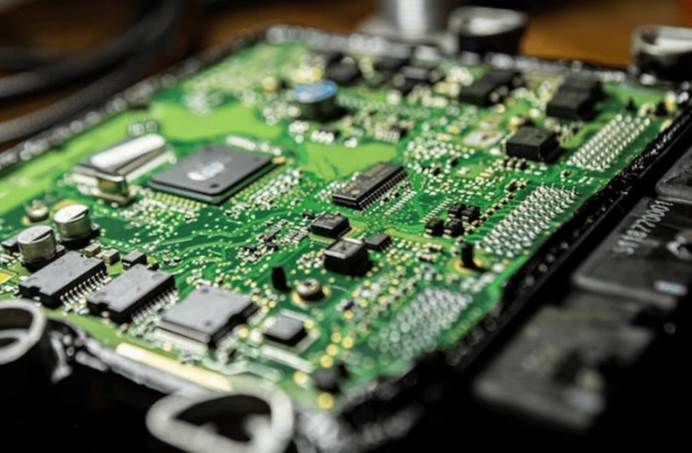
4. Engine Control Units (ECUs)
Optimizing Engine Performance
Electronic control units (ECUs) are critical components in modern vehicles, responsible for managing various engine functions such as fuel injection, ignition timing, and emissions control. ECUs use sensors to monitor engine parameters and make real-time adjustments to optimize performance and fuel efficiency. For example, oxygen sensors in the exhaust system measure the amount of oxygen in the exhaust gases, allowing the ECU to adjust the air-fuel mixture for optimal combustion.
ECUs also play a vital role in reducing vehicle emissions. By precisely controlling the combustion process and exhaust after-treatment systems, ECUs help automakers meet stringent emissions regulations. The integration of electronic components in engine management has led to cleaner, more efficient vehicles that produce fewer pollutants.
Hybrid Vehicles
In hybrid vehicles, ECUs are even more complex, as they must manage both the internal combustion engine and the electric motor. These vehicles rely on power-split systems that optimize the use of both power sources, depending on driving conditions. The ECU determines when to switch between the engine and the motor or when to use both simultaneously to maximize fuel efficiency. Electronic components in hybrid ECUs are essential for ensuring seamless transitions between power sources, improving overall vehicle performance.
Conclusion
The automotive industry has been transformed by the integration of electronic components, which now play a critical role in everything from safety systems to electric vehicle powertrains. As the industry continues to evolve, the importance of these components will only grow, driving further innovations and reshaping the future of transportation.
The shift toward electric and autonomous vehicles, along with advancements in infotainment and connectivity systems, highlights the increasing reliance on electronic technology in the automotive sector. By investing in high-quality electronic components and staying at the forefront of technological trends, automakers can continue to innovate and meet the demands of the modern driver. The future of the automotive industry will be defined by the seamless integration of electronics, enabling safer, more efficient, and more connected vehicles for all.
Any question or inquiry, pls feel free to contact us: [email protected]
For more LCDs and ICs, pls visit: www.andesource.com


